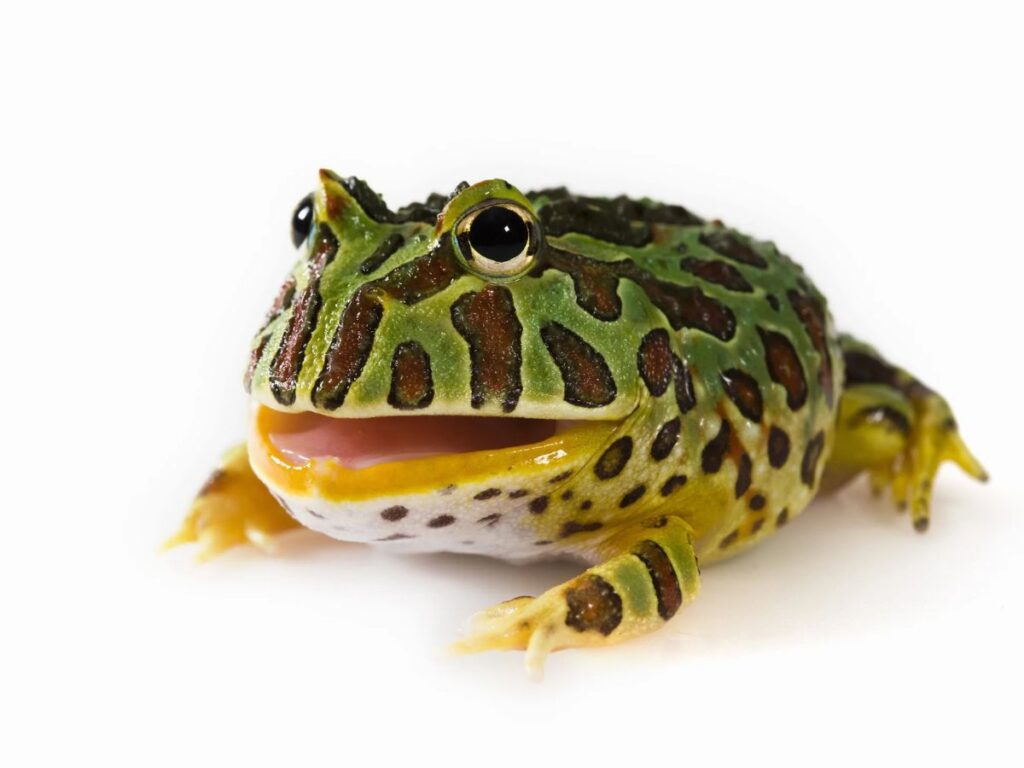🐸 Pacman Frog Habitat Loss and Conservation
Why Their Native Environments Are Disappearing and How We Can Help
Pacman Frog Habitat Loss and Conservation - At a Glance
Pacman frogs face increasing threats from habitat destruction due to agriculture, deforestation, and climate change. Conservation efforts focus on habitat protection, captive breeding, and public education. You can help by supporting sustainable frog care, conservation organizations, and spreading awareness about amphibian decline.
Pacman frogs (genus Ceratophrys) are beloved in the pet trade—but in the wild, they’re facing growing challenges. Native to the grasslands and rainforests of South America, these frogs are losing their natural habitat at alarming rates.
In this article, you’ll learn:
Where wild Pacman frogs live
What’s causing their habitat to disappear
How habitat loss affects frog populations
Current conservation efforts
How you can help protect these fascinating amphibians
Where Do Pacman Frogs Live in the Wild?
Pacman frogs are native to:
Argentina (C. ornata, C. cranwelli)
Brazil
Paraguay
Uruguay
Bolivia
They prefer humid grasslands, seasonal wetlands, and subtropical forests. These environments provide:
Loose soil for burrowing
Leaf litter and ground cover for hiding
Seasonal rain for hydration and breeding
👉 Pacman Frog Habitat in the Wild: Natural Environment Explored
What’s Causing Habitat Loss for Pacman Frogs?
| Threat | Impact on Frogs |
|---|---|
| Agricultural expansion | Drains wetlands, destroys cover |
| Deforestation | Removes shelter, exposes to predators |
| Urban development | Fragments wild populations |
| Climate change | Alters rainfall and humidity cycles |
| Pollution | Contaminates breeding ponds |
Amphibians are bioindicators—early victims of environmental collapse.

How Habitat Loss Affects Pacman Frogs
❌ Reduced Breeding Grounds
Without shallow, warm pools, frogs can’t reproduce during the rainy season.
❌ Increased Exposure
Deforested regions leave them vulnerable to predators and temperature swings.
❌ Declining Populations
Some species are already near threatened or vulnerable due to habitat degradation.
Conservation Efforts for Pacman Frogs
Habitat Protection
South American governments and NGOs are creating protected reserves
Grassland and wetland conservation helps amphibians thrive
Captive Breeding Programs
Zoos and breeders maintain genetic diversity
Helps support reintroduction or research efforts
Education and Advocacy
Raising awareness helps reduce illegal collection and encourages sustainable pet keeping
Ecotourism can fund local conservation efforts

The Role of Captive Care in Conservation
Keeping Pacman frogs as pets responsibly can reduce demand for wild-caught specimens and support awareness.
How to Help Through Captive Care:
Only purchase captive-bred frogs
Avoid supporting sellers with unclear sourcing
Educate others about ethical amphibian care
👉 Wild vs. Captive-Bred Pacman Frogs: What’s the Difference?
How You Can Help Conserve Pacman Frogs
| Action | How It Helps |
|---|---|
| Support amphibian charities | Funds research and habitat protection |
| Share educational content | Spreads awareness about frog decline |
| Choose sustainable pet products | Reduces ecological impact |
| Advocate for habitat preservation | Supports laws that protect critical ecosystems |
